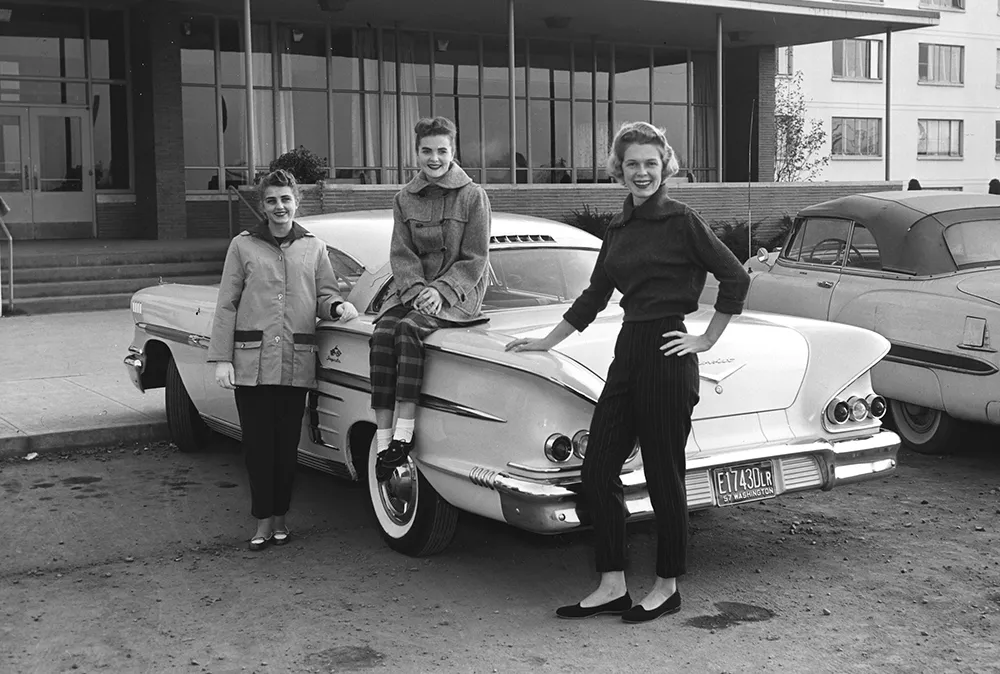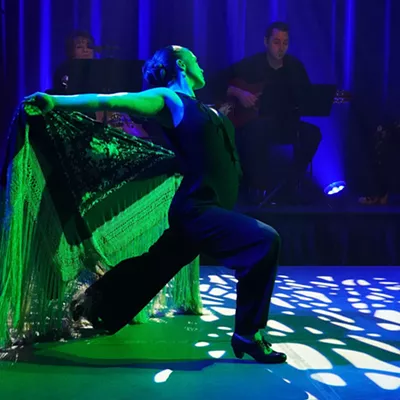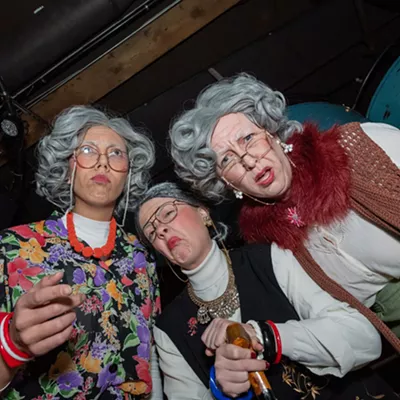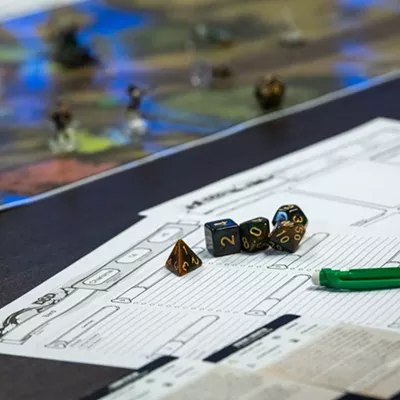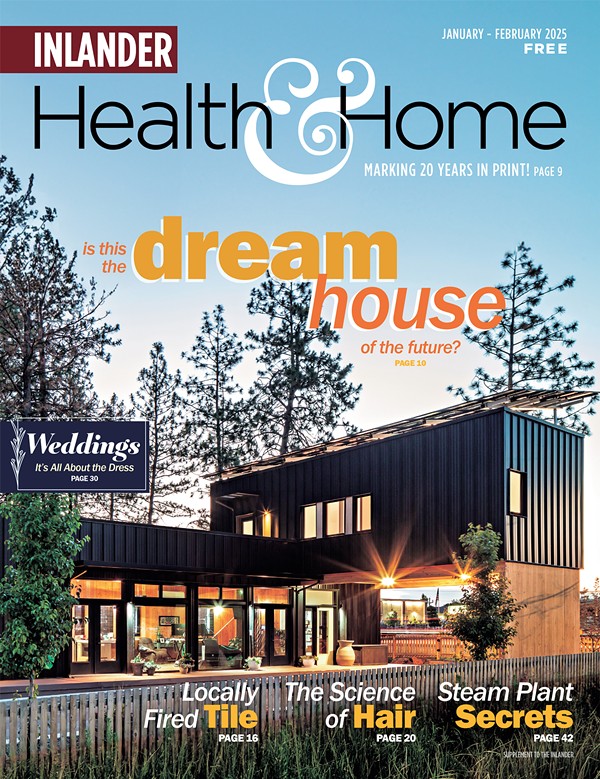Life at Gonzaga University nearly 70 years ago was, naturally, quite different than today's daily hustle across the scenic urban campus. Yet until nearly halfway through the 20th century — and more than 60 years after Gonzaga's founding in 1887 — something very obvious was missing: women.
The Jesuit college didn't fully integrate as a co-ed facility until 1948, becoming one of just a handful of Catholic institutions in the U.S. to do so at the time. Campus Pioneers, a new exhibit curated by sophomore student Ellen Schuster, takes a look back at the first women undergrads to study at GU, and the roads they paved for women like Schuster to follow.
While seemingly a straightforward decision, integrating women into the formerly male-only college (prior to 1948, women had been allowed to study nursing and education, or to take summer courses) presented more challenges than we would now expect, under modern cultural norms that value inclusion and equality.
"It was a big adjustment for the [male] students already here. They didn't know how to interact with female students who enrolled," says Schuster, a history minor. "You'd find a lot in the student publications — it was not necessarily hostility, but tension from male students thinking the women didn't belong. And the women didn't feel accepted."
The exhibit also underscores one of the university's main reasons for opening its classrooms to women: allowing its male students to find nice Catholic women to marry.
Besides facing scrutiny from their male counterparts, campus life for Gonzaga's first women students was challenging in other ways. At first, women could only attend if they were able to live in Spokane with family, as the first women's residence hall wasn't constructed until 1954. That first year, only 22 women enrolled, putting the male-to-female ratio at 75:1.
Yet these early women persisted, forming their own social, service-oriented and athletic clubs and groups. In those first 25 years, women also began adding their numbers to Gonzaga's faculty.
Special collections librarian Stephanie Plowman, who assisted Schuster in creating the exhibit, says the photographs, newspaper clippings and other ephemera on display offer an interesting snapshot from an era that feels foreign to current college students, and not just those at Gonzaga.
"When we think of today's higher ed and where we're going and what we're doing here, it really was something for these women to come in and be challenged by the men and the faculty," Plowman says. "I think it's good for people to see what it was like for these campus pioneers." ♦
Campus Pioneers: The First 25 Years of Women at Gonzaga • Through May; open Mon-Fri, 9 am-9 pm and Sat-Sun, 10 am-6 pm • Free and open to the public • Gonzaga Foley Center Library • 502 E. Boone • View the exhibit online at researchguides.gonzaga.edu/coeducation • 313-5931

